Select your aircraft
Aircraft MakeAircraft Model
PJI offers the full line of aircraft bead breakers for tires including manual, foot pump, hydraulic, and pneumatic. We have the right equipment you need to even break the toughest of beads on aircraft tires. Our aircraft bead breakers are universal and additional rings can be purchased so you can service all the tires in your hangar or maintenance operation.
Rings for Your Bead Breaker
When purchasing a bead breaker, make sure you also purchase the correct size aircraft tire bead breaker rings.
Aircraft Tires - Combine With Your Bead Breaker
Need a tire for your aircraft when doing the service? View our full line of aircraft tires by Goodyear & Michelin.
Showing 1-15 of 15 results
▾
Aircraft
▾
Filter by
▾
Sort by
Columbus Jack 715J1000A
Aircraft Tire Beadbreaker - 25,200 Lb Capacity
More Details
Available to Order
Lead Time: Call or chat with us
Login to see price & order
Columbus Jack 715J1000EX
Bead Breaker - 25,200 lb Capacity
1 Rating
More Details
Available to Order
Lead Time: Call or chat with us
Login to see price & order
View more Electric Aircraft Bead Breakers
Tronair 14-6801-0120
Foot Pump Hydraulic Bead Breaker
Works with: A500, A700, Bravo, Caravan 208, Caravan 208B, Caravan 406, DA20-A1, DA20-C1, DA40 Diamond Star, G120A & more. ..
3 Ratings
More Details
On Order
Arriving any day
Login to see price & order
Other Buying Options
Used also available
Used Tronair 14-6801-0120
Used Hydraulic Beadbreaker
Works with: A500, A700, Bravo, Caravan 208, Caravan 208B, Caravan 406, DA20-A1, DA20-C1, DA40 Diamond Star, G120A & more...
More Details
Used In Stock
Ships in 1 business day
Login to see price & order
Tronair 14-6878-0110
Hydraulic Beadbreaker (Ce) - Rims - 12 to 28 inches in diameter
Works with: 737-BBJ, 737-BBJ2, Challenger 870, Challenger 890, Global Express, G350, G450, G500, G550, II & more...
1 Rating
More Details
Available to Order
Lead Time: Call or chat with us
Login to see price & order
View more Hydraulic
Tronair K-2540
Kit, Beadbreaker Air Pump (P)
Works with: Citation 560 XL, CN-235/HC-144A
1 Rating
More Details
Available to Order
Lead Time: Call or chat with us
Login to see price & order
Tronair K-3151
Small Tire Adapter Kit (P) - Use with 14-6878-0110
Works with: G450, G500, G550, V, ERJ-190, G650
More Details
Available to Order
Lead Time: Call or chat with us
Login to see price & order
Tronair K-3721
Beadbreaker Air Pump Kit (P)
More Details
Available to Order
Lead Time: Call or chat with us
Login to see price & order
View more Kits
Used Tronair 14-4039-0000
Manual Bead Breaker
Works with: Caravan 208, Caravan 208B, Caravan 406, G120A, SJ30-2, 214, 214ST, 222, 230, 430 & more. ..
..
More Details
Used In Stock
Ships in 1 business day
Login to see price & order
Tronair 14-4039-0010
Manual Bead Breaker - Tire Sizes up to 12 inches (30.5 cm)
Works with: Caravan 208, Caravan 208B, Caravan 406, G120A, SJ30-2, 214, 214ST, 222, 230, 430 & more...
3 Ratings
More Details
On Order
Arriving any day
Login to see price & order
Other Buying Options
Used also available
Used Tronair 14-4039-0010
Used Manual Bead Breaker
Works with: Caravan 208, Caravan 208B, Caravan 406, G120A, SJ30-2, 214, 214ST, 222, 230, 430 & more...
More Details
Used In Stock
Ships in 1 business day
Login to see price & order
Columbus Jack 5033-010
2000 lbs Capacity
More Details
Available to Order
Lead Time: Call or chat with us
Login to see price & order
Columbus Jack 5372-010
Aircraft Tire Bead Breaker - 2000 lbs Capacity
More Details
Available to Order
Lead Time: Call or chat with us
Login to see price & order
View more Manual
Tronair 14A6801-0120
Pneumatic Hydraulic Beadbreaker (2500 PSI Pump)
More Details
In Stock
Ships in 1 business day
Login to see price & order
Tronair 14B6801-0120
High Pressure Pneumatic Pump Beadbreaker (8800 PSI)
Works with: Challenger 300, Challenger 600, Challenger 601, Challenger 604, Challenger 850, Falcon 10-100, Falcon 2000, Falcon 2000EX, Falcon 50, Falcon 50EX & more. ..
..
2 Ratings
More Details
On Order
Ships around February 6
Login to see price & order
View more Pneumatic
BeadBuster makes the world’s best portable tire bead breakers and tools for the DIY and professional mechanic, race team, and farmer. BeadBuster works great on ATV’s, motorcycles, cars, 4×4 trucks, tractors, lawn mowers and even light aircraft. Now you can easily change your own tires at home or on the trail. Work less, ride more, and save money with BeadBuster’s tire change tools.
BeadBuster was founded by a pair of avid Powersports enthusiasts and DIY mechanics who were frustrated with the current selection of manual tire changing hand tools/expensive dealership service charges for swapping tires on their ATV’s and adventure bikes. Knowing we could do it better, we designed the most affordable and effective bead breaker to date, the BeadBuster Bead Breaker. BeadBuster’s goal is designing the best possible portable bead breaking tools to easily change your tires at home or on the trail, that do the job properly and efficiently, every time. Our high-quality, Made-in-USA XB-45x BeadBuster series are easy to use and come in four different model specs to support the casual weekend trail rider, all the way up to professional race teams.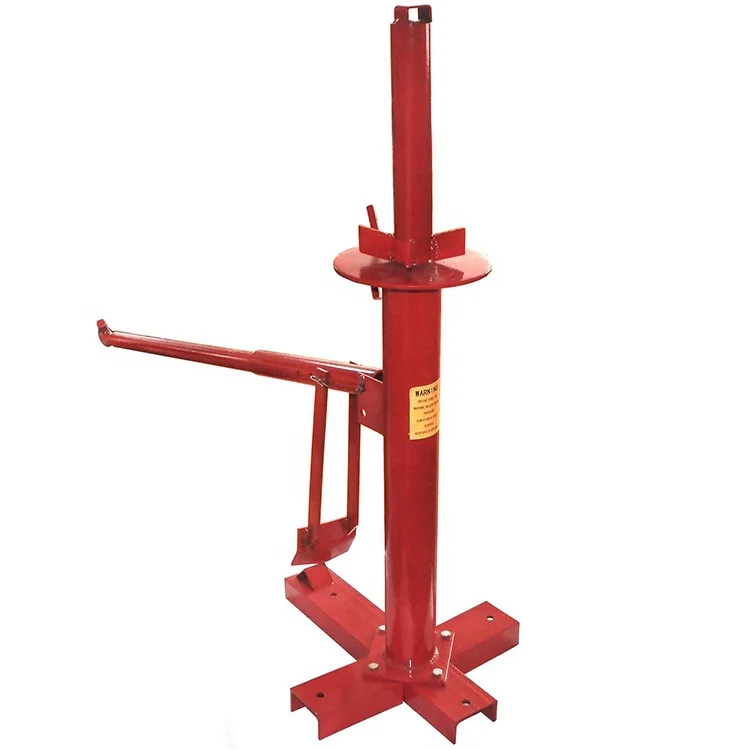 Our Bead Breakers work with any size wheel and rim including ATV’s, adventure bikes, track cars, off-road trucks, farm tractors, and trailers. We stand behind the quality of our products and provide rock-solid warranties no matter what type of abuse you throw at them. Ride more and shop our online store for Bead Breakers, tire irons, tire changing hand tool, accessories, and full-line of spare parts.
Our Bead Breakers work with any size wheel and rim including ATV’s, adventure bikes, track cars, off-road trucks, farm tractors, and trailers. We stand behind the quality of our products and provide rock-solid warranties no matter what type of abuse you throw at them. Ride more and shop our online store for Bead Breakers, tire irons, tire changing hand tool, accessories, and full-line of spare parts.
BeadBuster’s compact and lightweight motorcycle bead breakers make breaking the bead on any two wheeler a breeze. Our bead breakers are designed to work on every bike in your garage, from husky enduros and the orange team adventure bikes, all the way to cruisers and sportsters. Heavy Touring Bikes like the Honda Goldwing and BMW K1600 have really stubborn tire beads, but the BeadBuster bead breakers can deal with those just as easily. Our USA built XB-45x bead breaker range is easy to use, protects your spokes and rims from scratches, and is small enough to fit in your fender pack.
Heavy Touring Bikes like the Honda Goldwing and BMW K1600 have really stubborn tire beads, but the BeadBuster bead breakers can deal with those just as easily. Our USA built XB-45x bead breaker range is easy to use, protects your spokes and rims from scratches, and is small enough to fit in your fender pack.
Will it work on my Bike? Yes! The XB-450 and XB-455 work on all motorcycle wheels including: Motocross, Enduro, Trials, Adventure / Dual Sport, Sport Bikes, Cruisers, Touring, Super Bikes.
ATV tires are some of the most difficult to change of any vehicle, and it was for this application that the BeadBuster was invented. The BeadBuster XB-45x series bead breakers are compact enough to take with you for those emergency tire changes on the trail or trail head…and it is powerful enough to break loose even the most stubborn, nasty, dry-rotted tire beads.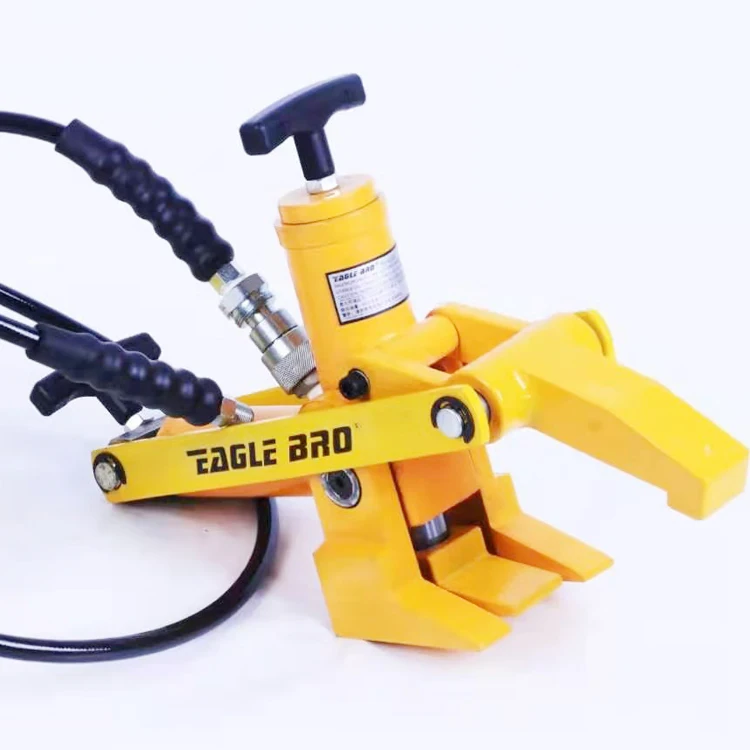 BeadBuster has everything the ATV enthusiast needs for tire service on the trail, or at home in the garage.
BeadBuster has everything the ATV enthusiast needs for tire service on the trail, or at home in the garage.
Will it work on my ATV? Yes! The XB-450, XB-455 & XB-451 work on all 7″&8″ mini-quad and 3-wheeler wheels with a separate spacer, and every other kind of ATV wheel >9″ including: Sport Quads, Utility Quads, Side by Sides (SxS), UTV’s, Amphibious 6 & 8 Wheeled vehicles.
You want to change your car tires yourself? The BeadBuster line of tire bead breakers have everything you need to get the job done. It doesn’t matter how big or wide or old the wheels are, the BeadBuster will make quick work of breaking the beads on your car tires.
Will it work on my Car? Yes! The XB-450 and XB-455 work on most passenger vehicle wheels. Certain cast alloy wheels have restrictive inside geometry and curvature that prevent the tool from clamping well, in which case a XB-452 will work well with these special-case wheels. Check out the info on the Help-Me-Choose page for more info.
Check out the info on the Help-Me-Choose page for more info.
If you have a truck with big, chubby off-road tires…you’ve probably run into more than one tire shops that said their equipment wasn’t big enough to handle your tires. Now you can change those tire by yourself, at home, at your convenience…BeadBuster makes the job easy.
Will it work on my Truck? Yes! The XB-450 will handle lightly modified and street legal off-road trucks, and the XB-550 HD & XB-554 PRO will tackle everything else, including: Rock Crawlers, Mud Bogs, Monster Trucks, any thing with REALLY BIG WHEELS!
The XB-550 HD & XB-554 HD=PRO are our biggest and baddest manual bead breakers.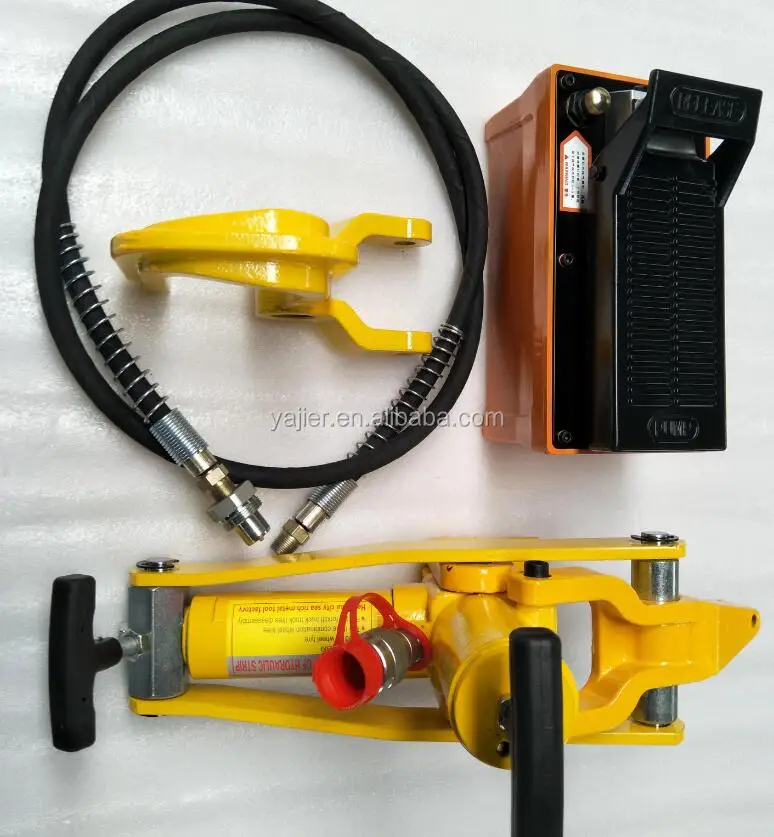 We designed it to easily break the bead on the large tires found on farm tractors, industrial OTR (Off-The-Road) vehicles, heavy trucks and military vehicles. The XB-550/554 will take care of all of your farm tractor and large tire changing needs. If you need to change tires on vehicles like Skid Loaders and Grade-Alls, that have extremely thick side walls, you need the XB-554 HD-PRO.
We designed it to easily break the bead on the large tires found on farm tractors, industrial OTR (Off-The-Road) vehicles, heavy trucks and military vehicles. The XB-550/554 will take care of all of your farm tractor and large tire changing needs. If you need to change tires on vehicles like Skid Loaders and Grade-Alls, that have extremely thick side walls, you need the XB-554 HD-PRO.
Will it work on my Tractor? Yes! The XB-550 HD was specifically designed to handle the big tires found on Farm Tractors, Military and Overland Vehicles, OTR and Industrial Vehicles, Semi-Tractor Trailers and Busses.
The XB-454 PRO was designed to handle extreme forces and repeated operation and abuse. Whether its the tight interference of race car tires, constant use in a production mechanic’s shop, or the critical functionality of a military application; the 454 PRO will hold up to any challenge you throw at it.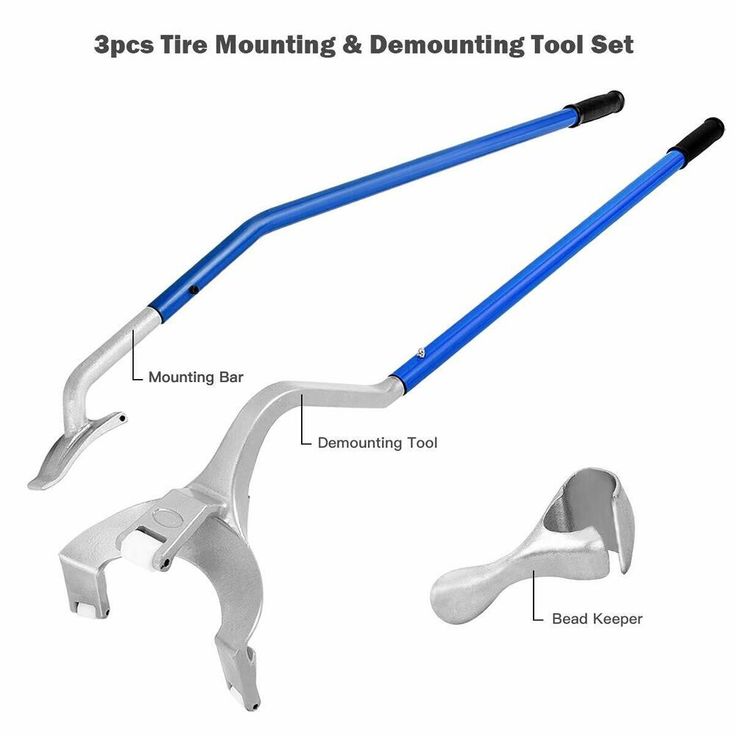 The XB-454 PRO is proudly made in USA, entirely from 4140 chrome-moly steel that is hardened and tempered for ultimate strength. It is robotic welded for precision and accuracy.
The XB-454 PRO is proudly made in USA, entirely from 4140 chrome-moly steel that is hardened and tempered for ultimate strength. It is robotic welded for precision and accuracy.
Will it work on my Race Car? Yes! The XB-454 PRO work on all kinds of race cars including: Sprint Cars, Quarter Midgets and Modified Stock Cars
CHANGE YOUR OWN TIRES …. AT HOME …. ON THE TRAIL …. ON THE ROAD …. AT RACE MEETS …. ANYWHERE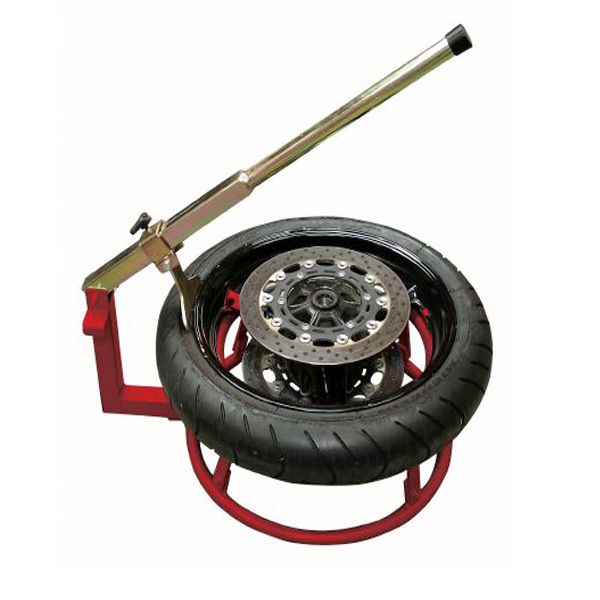
When landing an aircraft, the landing gear experiences not only colossal static but also dynamic loads taken by the struts and wheels. Add to this that during the flight the wheels were motionless, and when touching the runway, they should quickly gain momentum corresponding to the landing speed. Thus, rather high and strict requirements are imposed on the chassis of modern aircraft.
Aircraft tire and wheel assemblies can operate under high pressure to carry the load placed on them and should be handled with the same care as any other pressure vessel. Multiple carcass plies are bonded together to form a common carcass, making the tire capable of holding internal pressure.
By significantly reducing the weight of tires and at the same time increasing the number of landings they can withstand, operating and fuel costs are reduced. The result is a reduction in the negative impact on the environment by reducing CO2 emissions into the atmosphere and using less raw materials.
Suspension struts
The most heavily loaded elements of an aircraft landing gear are suspension struts and wheels (pneumatics).
Suspension struts are used to ensure maximum ride smoothness when driving along the airfield, on takeoff run and run, as well as to dampen shocks that occur at the time of landing (multi-chamber nitrogen-oil long-stroke shock absorbers are often used, in which the function of a spring element is performed by pumped under a strictly defined pressure technical nitrogen). On the multi-wheeled bogies of the landing gear of heavy aircraft, additional shock absorbers can also be installed - stabilizing dampers. Reinforced landing gear is able to withstand impact on the protruding edges of concrete slabs up to 10 cm high when the aircraft is moving at landing speed or a rough landing.
There is also a system of braces, rods and hinges that perceive the reactions of the supporting surface and fasten the shock absorber struts and wheels to the wing and fuselage, which simultaneously serve as a retraction-release mechanism.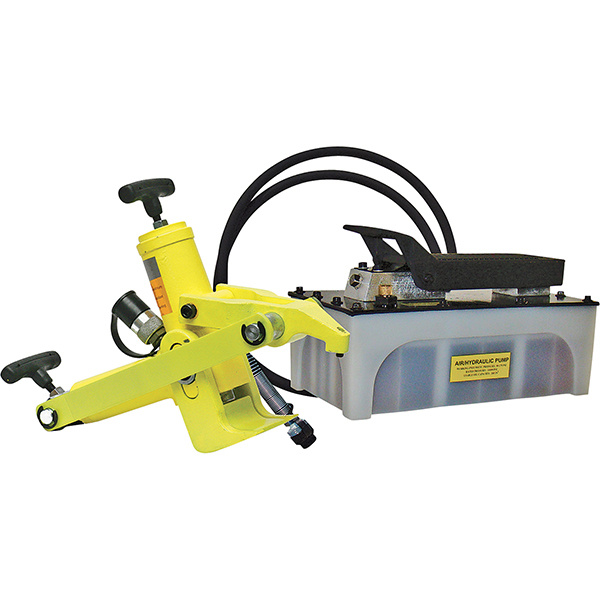
Aircraft landing gear wheels support the aircraft on the ground and provide the means of mobility for takeoff, landing and taxiing. And pneumatic tires, shock-absorbing, protect the aircraft from shock impulses due to surface irregularities and shortcomings in piloting technique during landing.
Wheel disks (drums) are often made of magnesium-based alloys. Usually these are magnesium-zinc alloys, which are very difficult to process, or titanium. Currently, only a few industrial powers in the world can produce high performance fighter aircraft tires.
Complex high-tech structure
Aircraft wheels are designed to make changing tires (tires) easy. The wheel disks themselves are usually made collapsible, from two halves, which are bolted together. To increase the tightness of the wheels, before assembly, both halves of the disk and the outer sides of the tire are treated with a special adhesive, and only after that they are assembled.
On modern high-speed aircraft, pneumatics are tubeless and are inflated with technical nitrogen (the use of the latter is due to the prevention of gas condensation and its subsequent freezing at altitude, with the formation of dangerous ice, and besides, nitrogen is cheap and does not burn).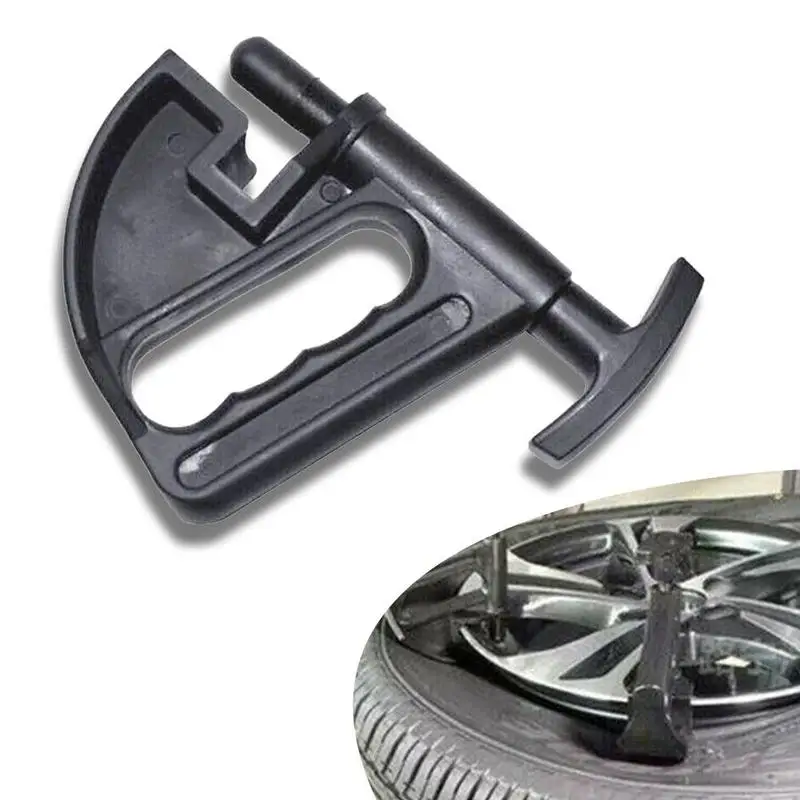 Aircraft landing gear tire treads have no pattern other than a few longitudinal circumferential bleed grooves to reduce hydroplaning effects, as well as control dimples for easy wear detection. The shape of the tire is close to round in cross-section to ensure maximum wheel contact patch during roll landings. Pneumatics are equipped with disc or shoe brakes with hydraulic, pneumatic or electric drive, for maneuvering when moving along the airfield and reducing the length of the run after landing.
Aircraft landing gear tire treads have no pattern other than a few longitudinal circumferential bleed grooves to reduce hydroplaning effects, as well as control dimples for easy wear detection. The shape of the tire is close to round in cross-section to ensure maximum wheel contact patch during roll landings. Pneumatics are equipped with disc or shoe brakes with hydraulic, pneumatic or electric drive, for maneuvering when moving along the airfield and reducing the length of the run after landing.
In general, a modern aircraft tire is a complex high-tech structure that operates at high speeds and loads with the smallest possible weight and size.
Aircraft tire capable of withstanding a wide range of operating conditions. While on the ground, it must support the mass of the aircraft. During taxiing, provide a stable, smooth ride while resisting heat build-up, abrasion and wear. During takeoff, the tire structure must be able to withstand not only the aircraft load, but also the forces generated at high roll speeds during the takeoff run.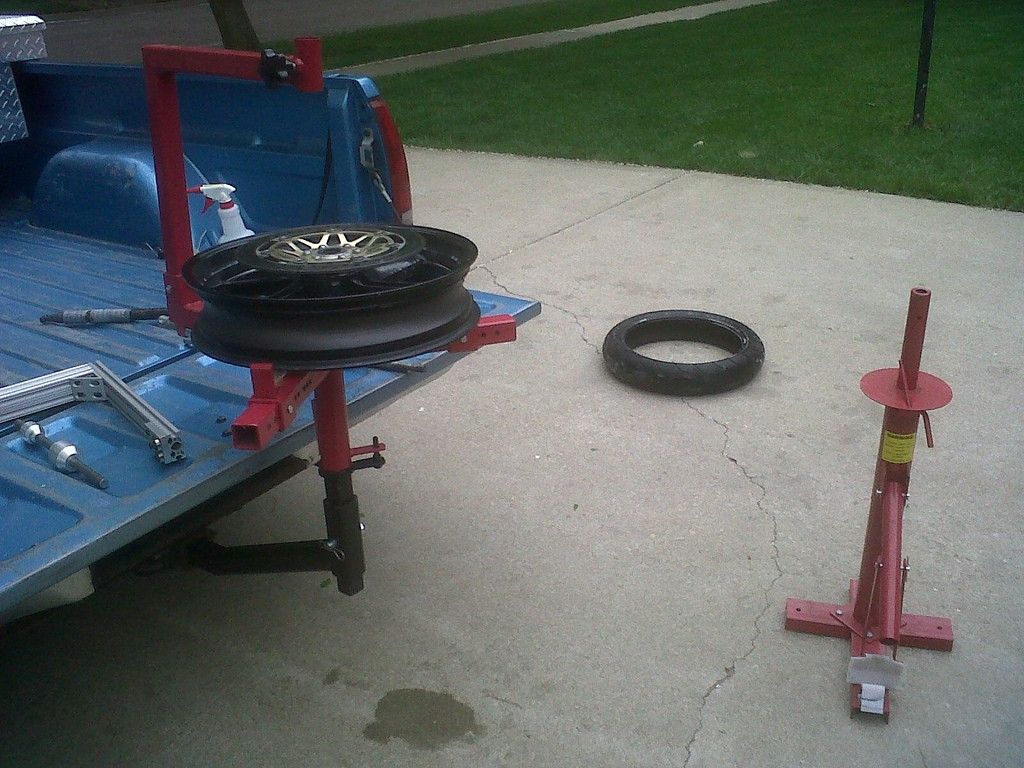 Landing requires the tire to absorb colossal dynamic shock loads. All these processes must be carried out stably, ensuring a long and reliable tire life.
Landing requires the tire to absorb colossal dynamic shock loads. All these processes must be carried out stably, ensuring a long and reliable tire life.
These extreme requirements require a fairly complex tire. A modern aircraft tire is a composite of several different rubber compounds (a mixture of natural and synthetic rubber), textile material and steel. Each tire component serves a specific purpose in realizing its performance characteristics. Aircraft tires are very durable, as they are reinforced with iron cords, nylon, and aramid polymer.
The requirements for aircraft landing gear tires and wheels are generally quite strict and sometimes contradictory
For example:
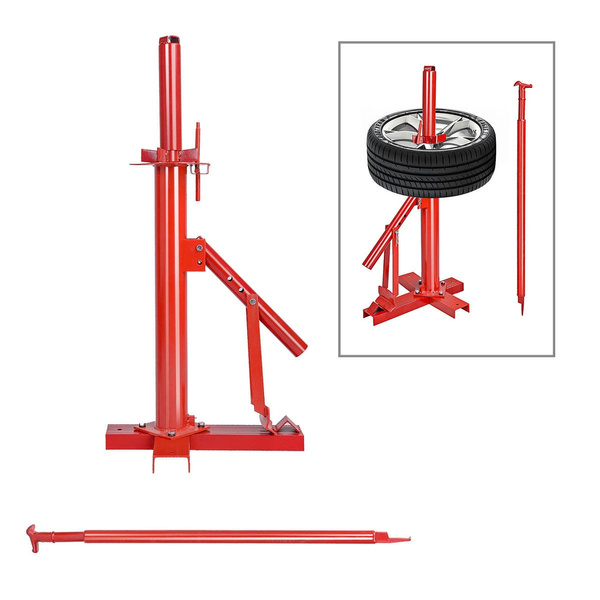
High pressure
It is aircraft wheels that in many ways contain most of the latest inventions put into practice today. By aviation standards, a tire must withstand pressure four times higher than what it is designed for, so theoretically tires can withstand a hard landing at speeds over 450 km / h.
In addition to being subjected to enormous static and dynamic stresses, aircraft tires are also subjected to thermal stress when they are exposed to low temperatures for long periods of time and during landing they quickly pick up speeds of about 300 km/h (some up to 460 km/h). When in contact with the ground, the temperature of the tire rises to 260°C.
Tires withstand temperature difference and load stably. They are designed to resist wear and tear as much as possible. They are multi-layered with a strong nylon and aramid cord located under each layer. Each layer has the ability to withstand enormous load and air pressure.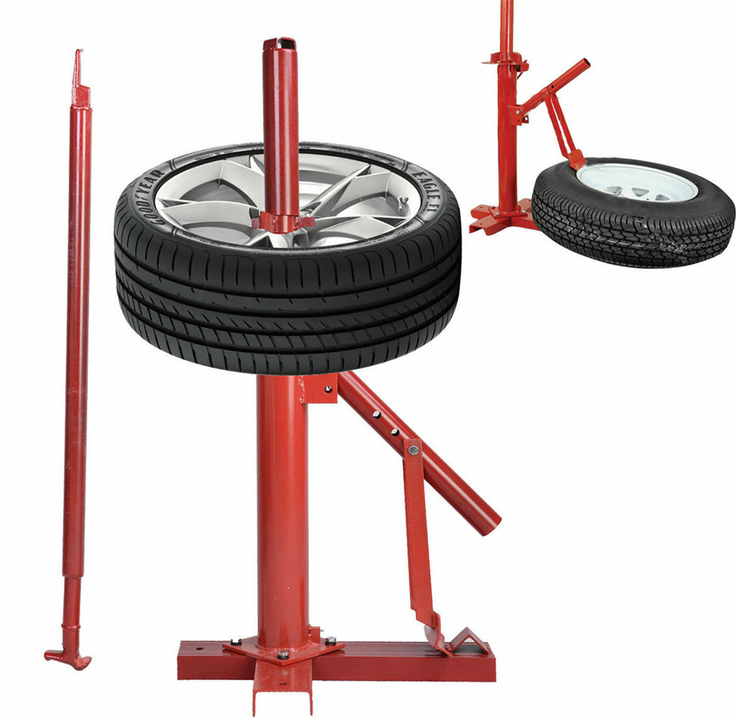 The cord is not intertwined, but arranged in single layers parallel and held together by thin rubber films, which protects the cord from adjacent layers from chafing against each other when the tire is bent during operation.
The cord is not intertwined, but arranged in single layers parallel and held together by thin rubber films, which protects the cord from adjacent layers from chafing against each other when the tire is bent during operation.
During tire manufacture, the plies are applied in pairs such that the cords of adjacent plies are at 90° to each other in the case of a crossed (diagonal) tire and from bead to bead at an approximate 90° angle to the centerline of the tire in a radial tire.
To absorb and distribute dynamic loads and protect the casing from impact damage, there are two narrow layers pressed into thick rubber layers between the casing and the tread. These special layers are called belts.
Tire strength index
Tire manufacturers assign a ply rating to each tire. This norm does not directly refer to the number of layers in the tire, but is a tire strength index.
Wire wrap is made rigid by rubber banding all of the wire together, creating a strong bond.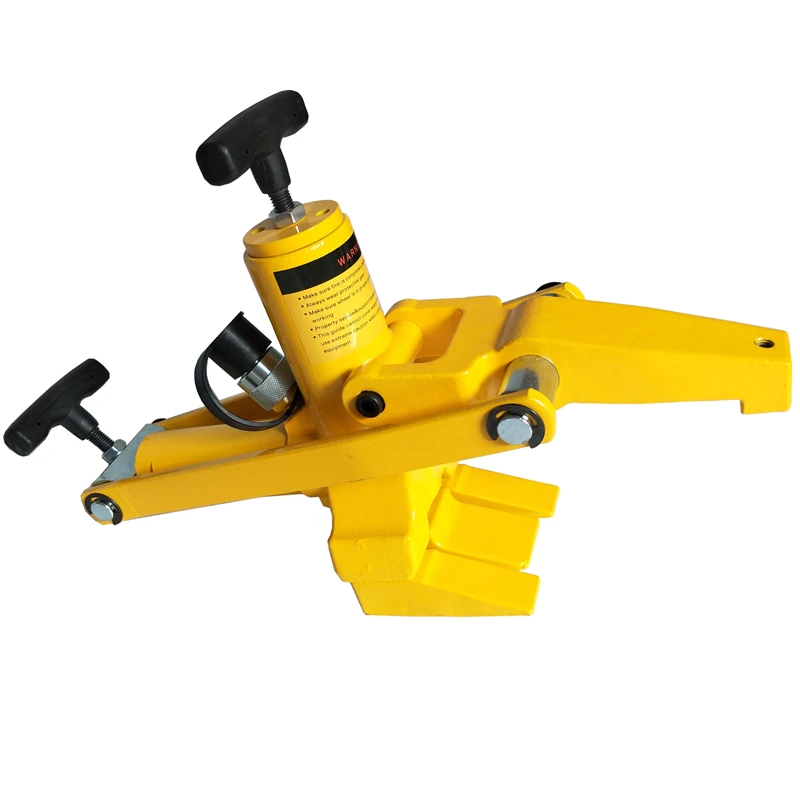 The bead wire (the core of the bead) is also strengthened by winding with fabric strips before the application of the main and filler tapes. The main bands, made of rubber and located under the rubberized fabric filler bands, provide more rigidity and less abrupt changes in the bead section. They also increase the contact area.
The bead wire (the core of the bead) is also strengthened by winding with fabric strips before the application of the main and filler tapes. The main bands, made of rubber and located under the rubberized fabric filler bands, provide more rigidity and less abrupt changes in the bead section. They also increase the contact area.
Under severe braking conditions, the heating of the wheel, tire and brake can be sufficient to cause a tire to burst, with possible catastrophic consequences for the aircraft. Thermal witnesses are installed on some tubeless wheels to prevent sudden rupture. These plugs are installed into the wheel drum using a low-melting alloy that melts under overheating conditions and is pushed out by the increased air pressure in the tire. This prevents excessive pressure build-up in the tire by controlled depressurization of the tire.
Aircraft wheels, like everything related to aviation, are characterized by constant monitoring of their technical condition, so tire pressure is checked every time after landing and before takeoff.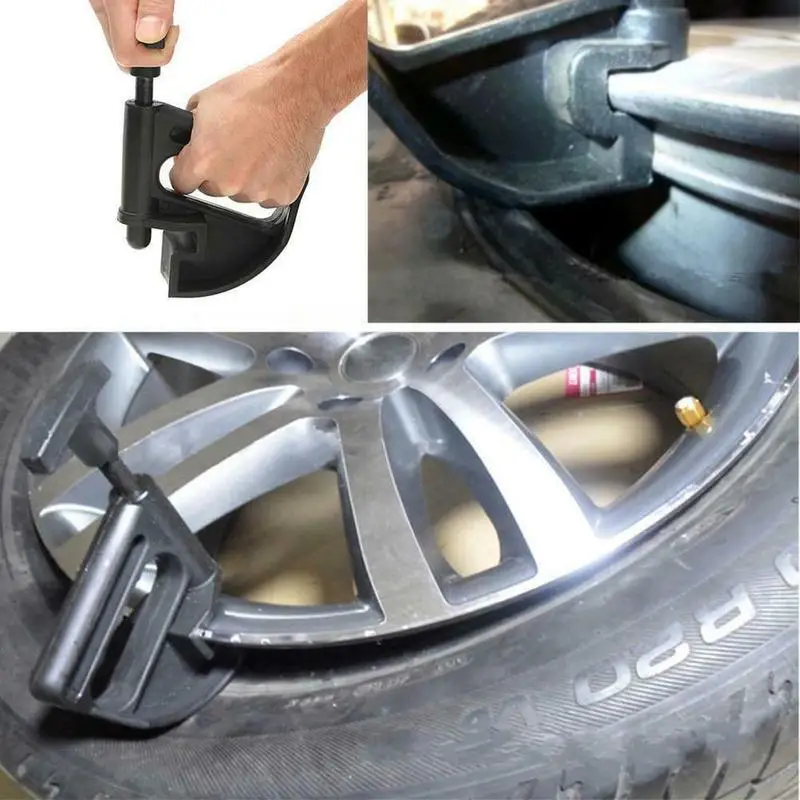
But landings and take-offs have a negative impact on the condition of tires, so aircraft wheels, unlike car wheels, have a relatively short shelf life, and at the slightest suspicion of defects, mechanics must be replaced.
Static and dynamic tests
Static
 The tire is inflated to the maximum pressure and kept at the same temperature for a certain time. During this time, the pressure inside the tire decreases due to the increase in its dimensions. Next, measure the pressure difference, how much it fell over the allotted time.
The tire is inflated to the maximum pressure and kept at the same temperature for a certain time. During this time, the pressure inside the tire decreases due to the increase in its dimensions. Next, measure the pressure difference, how much it fell over the allotted time. Dynamic
Press Digest for December 6, 2019 | Digest of publications for December 6, 2019
The copyright for this material belongs to the journal Science and Technology.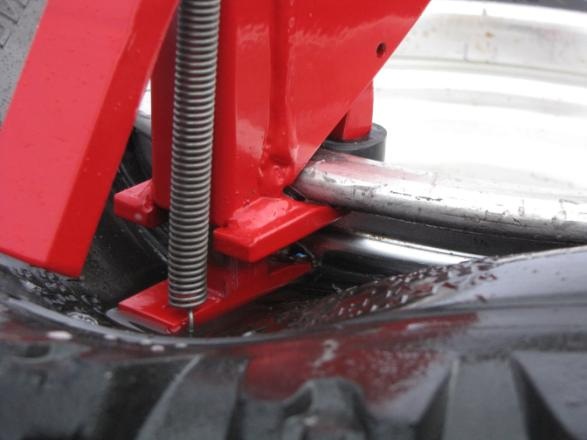 The purpose of including this material in the digest is to collect the maximum number of publications in the media and messages of companies on aviation theme. AviaPort Agency does not guarantee the reliability, accuracy, completeness or the quality of this material.
The purpose of including this material in the digest is to collect the maximum number of publications in the media and messages of companies on aviation theme. AviaPort Agency does not guarantee the reliability, accuracy, completeness or the quality of this material.
Contents
INTRODUCTION 111
COATINGS FOR PNEUMATICS 111
ZONES PNEUMATICS 112
INTERNAL CHAMBERS 113
CHARGING VALVE 113
TUBELESS PNEUMATICS 113
TIRE 114
TIRE MARKING 114
POLLUTION PNEUMATICS 115
CREEP (SLIP) 115
ADJUSTMENT TIRE 116
aquaplaning 116
MAT LIMITATIONS 116
DAMAGE PNEUMATICS 116
REDUCED WEAR PNEUMATICS 117
INTRODUCTION
Aircraft wheels equipped with pneumatic tires (pneumatics), which can be tubeless or have an internal camera. Cameras are usually mounted on light aircraft and older aircraft designs.
Pneumatics usually refuel with nitrogen, which absorbs impacts and supports the weight of the aircraft, and coating holds and protects the camera from damage, maintaining shape pneumatics, transmits braking and provides a wear resistant surface.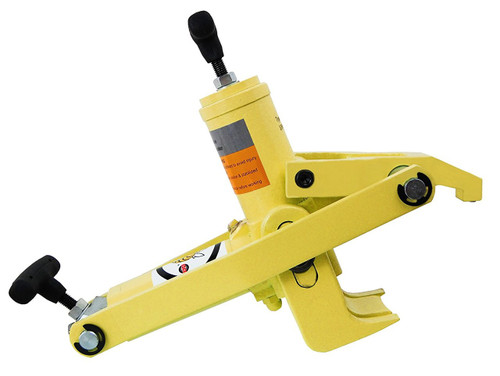
Rice. 5.1. Layout pneumatic
COATINGS FOR PNEUMATICS
Pneumatic coating consists of a body made of rubber and reinforced layers cotton, viscose or nylon cord . The cord is not intertwined, but located single layers in parallel and held together by thin films rubber that protects the cord from adjacent layers from rubbing against each other when bending pneumatics in progress operation.
During coating construction, layers superimposed in pairs, so that the cords of adjacent layers are located at an angle of 90° to each other criss-cross (diagonal) pneumatics and from side to side with an approximate 90° angle to the center line of the tire in radial pneumatics.
for absorption and distribution of dynamic loads and protect the body from impact damage located between the body and the tread two narrow layers pressed into thick rubber layers. These special layers are called breaker belts .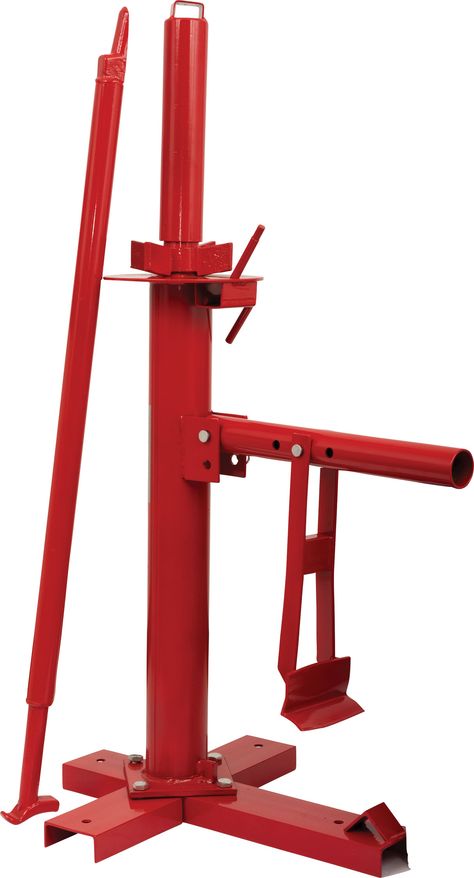
Hull is held on the wheel rim with a lock layers around inextensible steel overlapping wires, this part of the shell is called bead .
Tire manufacturers assign each pneumatic standard layering . This rule does not directly apply to the number of layers in the tire, and is tire strength index .
Wire winding made rigid with fasteners rubber all wire together, creating strong connection, each wire has copper plating. Bead wire (core side) is also reinforced with winding fabric strips before use main and filler tapes. Main rubber bands and located under the rubber fabric filling tapes, provide more rigidity and less the sharpness of the bead section changes. They are also increase the contact area.
Finally, board with the outer side is protected by chafer ribbons made of rubberized fabric (chafer). The items listed above are shown in fig. 5.1.
ZONES PNEUMATICS
To simplify description of the body of the pneumatic it is divided into zones or sections, as shown in fig. 5.2.
5.2.
Protector pneumatics is in crown section and shoulder , and it should be noted that the term "protector" applies to both flat and smooth rubber, and for profiled.
Rice. 5.2. Zones pneumatic
The most common The tread pattern is called Ribbed (ribbed) which has annular grooves around the tire to promote water dispersion and help prevent hydroplaning (hydroplaning) . Grooves also help improve strength adhesion and contact patch between tread and runway surface.
Currently not used as often, but still exists all weather profile , called Diamond ( Diamond ) protector .
Pneumatic bow supports, especially for aircraft with the location engines in the rear of the fuselage, may have comb , created on the shoulder. It serves for discarding water from the air intakes engines and stall prevention flames due to suction of water.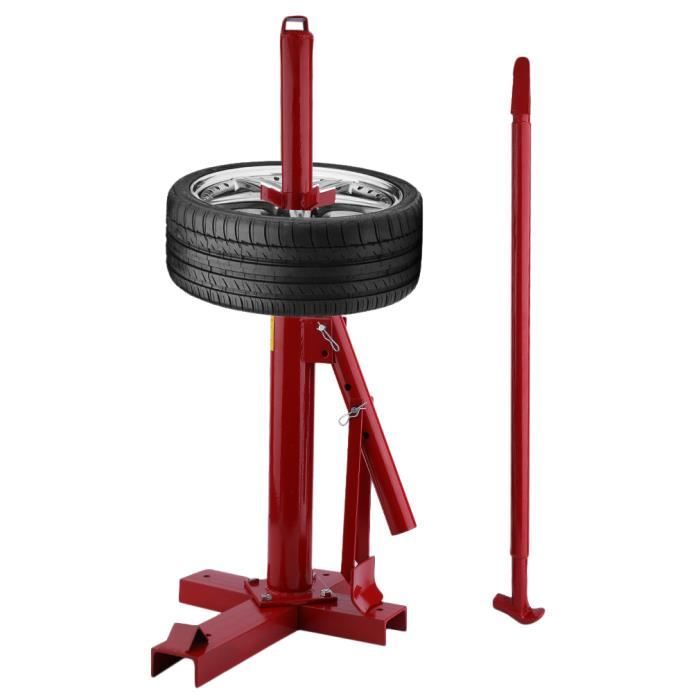
Pneumatic bow supports mounted on a unicycle rack, has ridges on both sides.
INTERIOR CHAMBERS
Internal cameras made using a mold machine that extrudes the mixture hot rubber through the annular hole, producing a tuba of continuous length. The required length is cut off, the ends are welded and the valve is installed charging.
The tuba is placed into shape, inflated and vulcanized, then. a chamber of the required dimensions is obtained.
During deceleration in some types of braking devices excessive heat is generated which may cause damage to the standard cameras. Depending on the design wheel and brake type chamber can have standard, thickened or reinforced cord base.
When replacing the camera, you need to use the camera the same type.
CHARGING VALVE
The chamber is pumped up through the charging valve, in which the rod attached to the rubber base with directional vulcanization, and the base vulcanized to the chamber; valve replacement charging is not allowed.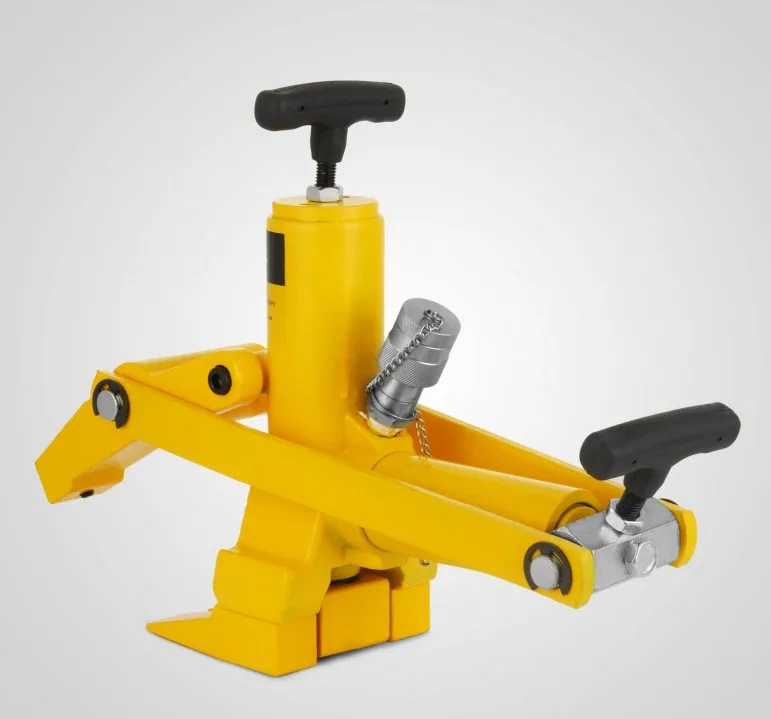
Each valve charging is equipped with spool Schrader ( Schrader valve core ) , which works like irrevocable valve. Spool valves are not considered excellent seal , so valve charger should always be provided lid , which also prevents dirt in the valve. Valve spools the old type have a spring bypass, and modern types are equipped with a spring from stainless steel.
TUBELESS PNEUMATICS
Pneumatic Data have a similar design to common tubed tires, but with additional rubber coated, vulcanized to the inner surface and inside rims. It's the cover that holds back gas pressure, forms a gas-tight seal on the wheel rim.
Gas seal depends on the wedge (ridge) installed between the inside of the board pneumatics and wheel rim cone, where boards installed. Charging valve typical, but it is equipped with a rubber gasket and is located in the wheel rim. The following benefits can be listed tubeless tires in relation to to common chamber:
Gas pressure in pneumatics maintained for longer periods, because internal the coating is not subject to stretching.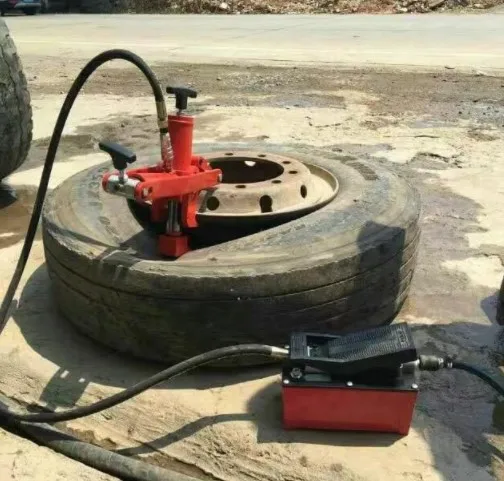
piercing with a nail or similar sharp object will cause a sudden loss of pressure, as inextensible coating holds objects together and prevents nitrogen loss.
Pneumatic has higher resistance dynamic shock and rough handling due to the increased body thickness and distribution of loads on the internal coating, which prevents local damage.
Absence inner chamber means savings about 7.5% by weight.
Missing charging valve damage due to creep.
TIRE
Speed differences landing, loading, landing surfaces and aircraft landing gear designs put the need for a broad tire size range, construction types pneumatics and charging pressures.
There are four main tire pressure category:
Low pressure . Designed for pressure 25 to 35 psi (1.73 to 2.42 bar) used on grass surfaces.
Medium pressure . Work under pressure from 35 to 70 psi (2.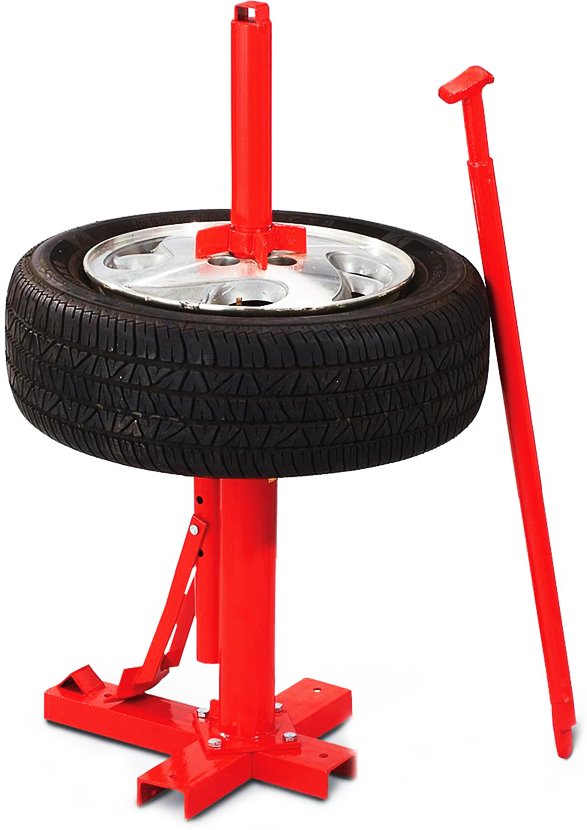 42 - 4.83 bar), used on grass or medium hard surfaces without an artificial foundation.
42 - 4.83 bar), used on grass or medium hard surfaces without an artificial foundation.
High pressure . Work under pressure from 70 to 90 psi (4.83 - 6.21 bar), suitable for runway concrete pavement.
Extra High pressure . Work under pressure above 90 psi (some pneumatics of this type charged up to 350 psi) (6.21 - 24.2 bar), suitable for concrete runway coatings.
TIRE MARKING
For indication pneumatics with a carbon additive to the rubber compound to make it conductive to ensure grounding between the aircraft and the ground, the abbreviation ESTA is used or symbol.
Pneumatic size marked on its side wall and includes the following information:
Outside diameter in inches or millimeters;
nominal width in inches or millimeters;
Inner diameter in inches.
Ply rating , tire strength index, also marked on the side wall.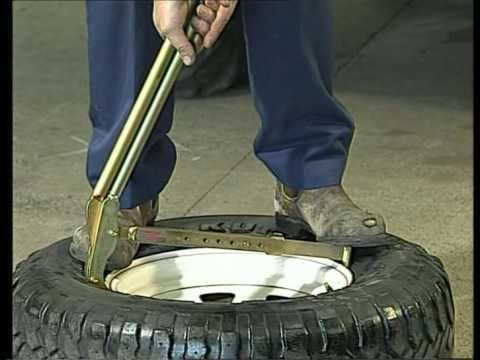 Usually it is represented by an abbreviation, for example, 16PR, but is sometimes written in full as 16 PLY RATING" (“ply rate 16”).
Usually it is represented by an abbreviation, for example, 16PR, but is sometimes written in full as 16 PLY RATING" (“ply rate 16”).
Speed rate pneumatic means maximum ground speed in miles per hour which the pneumatic has been tested and approved. It is indicated on the side wall. The norm takes into account the barometric height, outside temperature and component wind, making it possible to calculate maximum takeoff weight, which can withstand pneumatic.
Green or gray marks on side wall serve as indicators location of "styloid" valves. They prevent pressure build-up between layers that causes destruction tire frame, if it is subjected to exposure to low pressure during flight at high altitude.
Red mark or Triangle denotes the thinnest part of the pneumatic. If it is opposite the valve when installing pneumatics, it helps in wheel balancing.
Abbreviation DDR , printed on the code panel, and the words « REINFORCED PROTECTOR ", printed on the side wall, they say that the pneumatic has a layer of fabric weaving inside the tread, which may become visible under normal wear.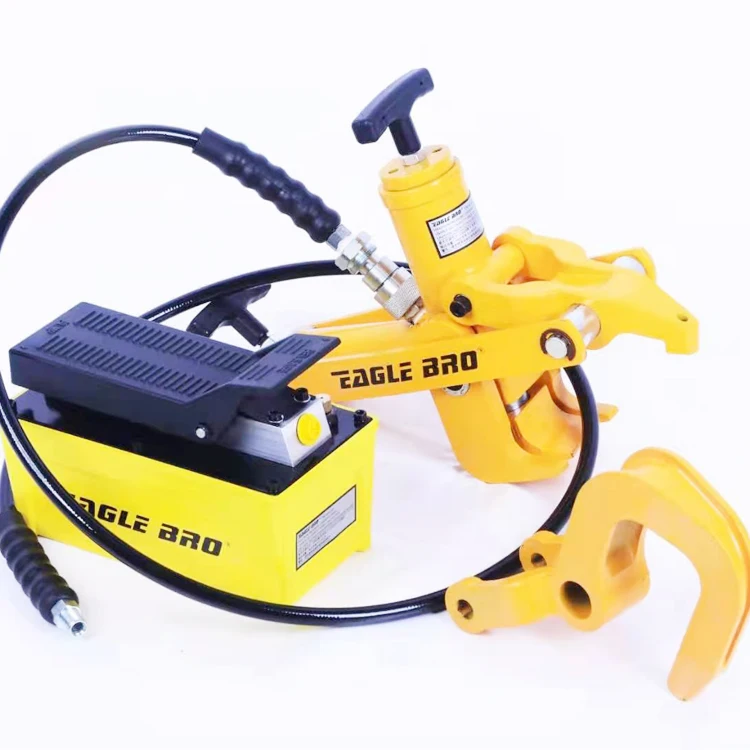 This layer should not be confused with cord corps.
This layer should not be confused with cord corps.
POLLUTION PNEUMATICS
Pneumatics must be protected from excessive heat, bright sunlight, contact with oil, fuel, ethylene glycol and hydraulic fluid, because all of the above components are destructive impact on rubber. When the plane parked for any amount of time or during draining or refueling oil, fuel, coolant or hydraulic system, pneumatic must be covered with oilcloth covers. Any spill or drip unwanted fluid on the tire must be removed immediately.
CREEP (SLIDE)
When first installed tires per wheel, they are few move around the rim. This phenomenon called " creep " and at this stage it is considered normal phenomenon. After the shrinkage of the pneumatics, this movement must stop.
In operation sliding pneumatics around the wheel may continue. If it's slip exceeds limits for pneumatics with inner chamber, will happen tearing out the charging valve, which will cause tire break. slip is not big problem for tubeless pneumatics as long as the tire bead is not damaged and the pressure drop stays within restrictions.
slip is not big problem for tubeless pneumatics as long as the tire bead is not damaged and the pressure drop stays within restrictions.
Probability slip is significantly reduced when maintaining the correct pressure in tire. To assist in this task, manufacturers TIRES SPECIFY RATED CHARGING PRESSURE for each tire. This rule applies for cold pneumatic without load , which means it is not installed on airplane. Deformation of the pneumatic housing, when the weight of the aircraft is transferred to the wheels, calls increase tire pressure by 4% . When checking the pressure of the cold pneumatics installed on the aircraft, must mentally add 4% to nominal pressure.
During use, those. taxiing, takeoff or landing, pneumatics heat up. This may trigger boost pneumatic pressure by another 10% .
ADJUSTMENT TIRE
In operation it is necessary to maintain the correct pneumatic charging pressure using nitrogen or other inert gas (with a maximum oxygen concentration of 5%), because. not sufficiently charged pneumatics can move (slide) around the wheel, and overcharged ones will lead to damage other pneumatics. Found that 90% of all faults pneumatics occur due to incorrect pressure. For modern aircraft pneumatic pressure is output to display of the electronic monitoring system.
not sufficiently charged pneumatics can move (slide) around the wheel, and overcharged ones will lead to damage other pneumatics. Found that 90% of all faults pneumatics occur due to incorrect pressure. For modern aircraft pneumatic pressure is output to display of the electronic monitoring system.
AQUAPLANING
aquaplaning is a phenomenon caused by education water wedge under tire tread and breaking its contact with the ground.
Speed hydroplaning, in marine miles per hour , is the speed at which the pneumatic loses contact. It can be calculated from following formula:
SPEED AQUAPLING = (where P - tire pressure, PSI), or
SPEED AQUAPLING = (where P – pneumatic pressure, kg/cm 2 )
Probability hydroplaning increases with abrasion (decrease in depth) of the profile tread, so it is extremely important to clearly monitor the degree of abrasion (residual depth) of the tread. When hydroplaning dynamic friction coefficient decreases to very low values usually up to 0.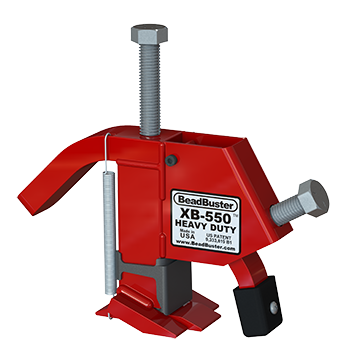
LIMITS MAT
When calculating takeoff distance/height of flying over obstacles with increased speed V2 it is important not to exceed the calculated speed for pneumatics mounted on airplane, i.e. may arise the need to reduce weight compliance with the MAT constraints.
DAMAGE PNEUMATICS
When servicing it is necessary to check the coating of tires for cuts, blisters, cuts stones, metal or glass, wear marks, slip, local looseness, etc. You need to pay attention to the following defects that can make the coating disabled:
Cuts . Cuts in the tire coating penetrating to the cord make it inoperable, pneumatic must be replaced.
Blisters . They may indicate partial coating damage. If the coverage damaged, i.e. fabric burst, needs to be restored.
Outsiders items . Crashed stones, metal, glass, etc. They must be removed and the cuts examined with a blunt instrument to determine their depth, by magnitude defects are guided by further actions to replace or restore coatings.![]()
Wear . When the profiled tread is worn to the base marker grooves or marker cross bars by 25% of the tire circumference or flat tread to fabric case, its operation is not allowed. See fig. 5.3.
Creep . Moving pneumatics around the wheel must not exceed 1 for tires with external diameter up to 24 and 1.5 for tires with outer diameter greater than 24. If these restrictions exceeded, the pneumatic must be removed off the wheel, camera examined for signs separation of the charging valve, and the spool valve for deformation. If the camera operational, pneumatic can be set back and the labels creep reinstalled.
REDUCED WEAR PNEUMATICS
With increased size of modern airports taxi distances have also increased, which increases tire wear and the risk of damage. To minimize wear, it is recommended taxi at speed no more than 25 m . p . h (40 km/h) .